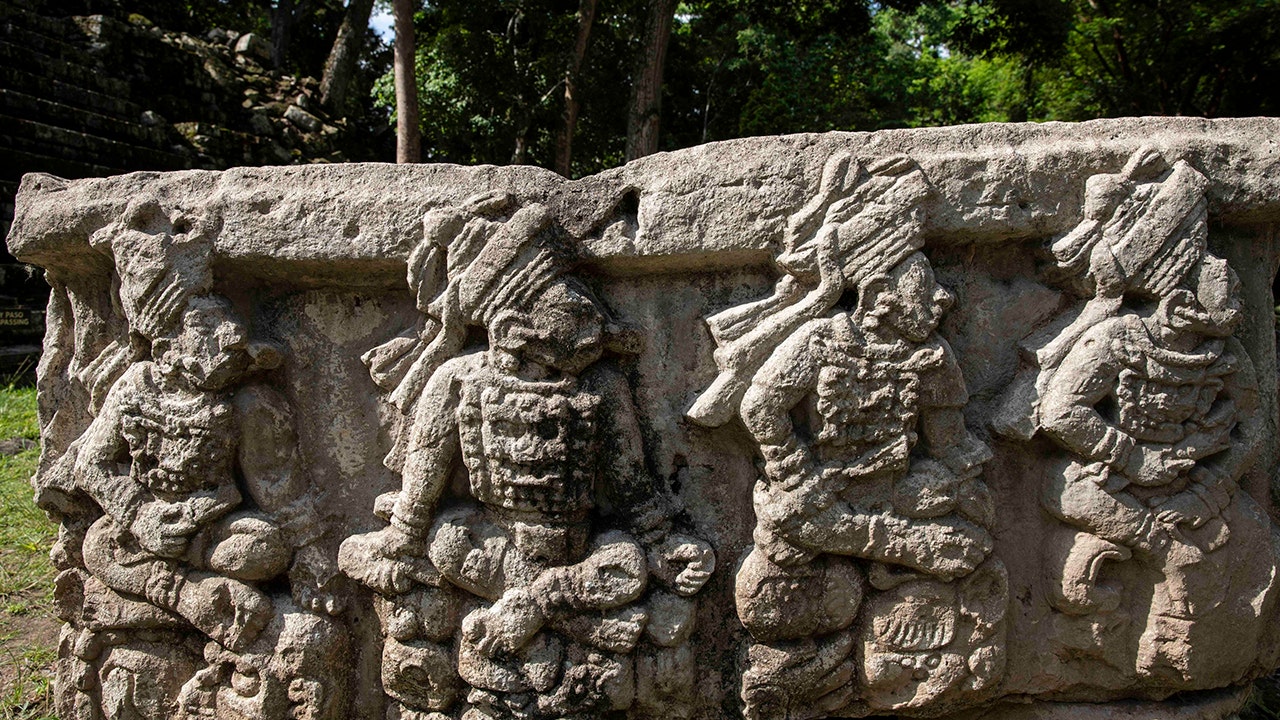Introduction
In a groundbreaking revelation, archaeologists have harnessed drone technology to uncover a sophisticated network of fish-trapping canals dating back approximately 4,000 years. This discovery offers profound insights into the advanced practices of ancient Mesoamerican civilizations, particularly the Maya, and underscores the transformative role of modern technology in archaeological research.
Unveiling Ancient Aquatic Engineering
The intricate canal systems, identified in the wetlands of present-day Belize, showcase the ingenuity of early inhabitants in manipulating their environment for sustenance. These earthen canals, characterized by distinctive zigzag patterns, extend over several miles and were strategically designed to channel and trap freshwater fish species, such as catfish. Excavations have revealed associated holding ponds and artifacts like barbed spearpoints, indicating the methods employed in fishing practices. :contentReference[oaicite:0]{index=0}
Technological Advancements in Archaeology
The utilization of drones equipped with advanced imaging capabilities has revolutionized archaeological methodologies. By capturing high-resolution aerial imagery, researchers can detect subtle landscape modifications that are often imperceptible at ground level. In this instance, the aerial perspective was crucial in identifying the extensive canal networks, which had remained concealed beneath dense vegetation for millennia.
Implications for Understanding Maya Civilization
This discovery challenges previous perceptions of early Maya societies as primarily agrarian and sedentary. The existence of such elaborate fish-trapping systems suggests a more complex subsistence strategy that included significant reliance on aquatic resources. Moreover, the scale and sophistication of these canals imply a level of social organization and environmental management previously unattributed to this period.
Continuity and Cultural Evolution
The canal systems were utilized for over a millennium, including during the formative period when the Maya began settling in permanent villages. This continuity indicates that the knowledge and practices of these early peoples were foundational to the later, more recognized achievements of the Maya civilization, renowned for its monumental architecture and complex societal structures.
Broader Implications and Future Research
The integration of drone technology in archaeological research not only enhances the efficiency of site discovery but also opens new avenues for understanding human-environment interactions in ancient times. Future studies may focus on exploring similar canal systems in other regions, assessing their impact on local ecosystems, and understanding their role in the broader socio-economic context of ancient Mesoamerican societies.
Preservation and Cultural Heritage
The revelation of these ancient canals also underscores the importance of preserving such sites, which are invaluable to our understanding of human history. Efforts must be made to protect these areas from modern encroachments and environmental threats, ensuring that they remain intact for continued study and appreciation.
Conclusion
The discovery of 4,000-year-old fish-trapping canals through drone technology marks a significant milestone in archaeology, offering a window into the resourcefulness of ancient Maya civilizations. It highlights the evolving nature of archaeological research, where modern technology bridges the gap to our past, providing deeper insights into the complexities of early human societies.
For more information on recent archaeological discoveries, visit Archaeology News.
See more The Buzz Live

